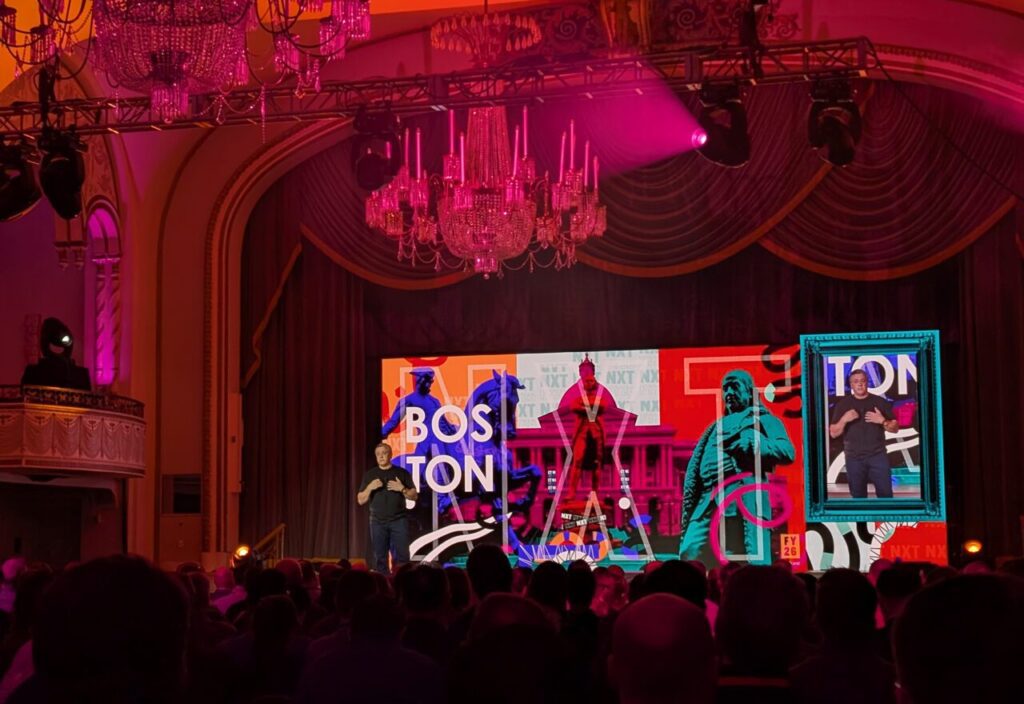(Direct) The latest incarnation of Carlson Hotels Worldwide's loyalty program features more than a name change. Yes, it's now part of Goldpoints Plus, parent firm Carlson Companies' cross-industry rewards system. But the multibrand hospitality chain also is altering the way it communicates with, and recognizes, meeting planners — the folks who may not even travel themselves but influence a lot of bookings.
In April, Carlson Hotels relaunched its meeting coordinators rewards program under the moniker Goldpoints Plus for Planners. Awards thresholds can now be met with a single booking, and more premiums are available. Planners can earn rewards from an online catalog of 1,200 products. Bookers in large companies tend to lean toward household items as a way of treating themselves. At small businesses, where the person arranging the meeting often is the person running the company, office supplies often are favored.
The program also features a greater emphasis on communicating with meeting planners. “These individuals are the ones who spread word-of-mouth brand advocacy,” says Tony Hart, Carlson Hotels' senior managing director of enterprise customer relationship management. “We are rewarding those meeting planners for giving us that business.”
Carlson Hotels also is reworking communications pieces aimed at all customers, giving them a fresher tone and style. Any message sent out will take advantage of a lot more data and analytics capabilities. These include many trigger and behavior cues based on stay patterns, as well as how participants use the hotels' Web sites and interact with the company's network of partners.
Furthermore, segmenting might previously have been based on something as rudimentary as the number of property visits during a given quarter. But the new program will look at a number of different data elements, such as varied time periods, which should allow the chain to better deliver messages to seasonal visitors.
The firm also will analyze which properties a customer visits, and the length of their stays. Messages will range from aspirational promotions (“Did you know that with one more stay, you could become a Silver Elite customer?”) to simple “Thank you for staying with us” notes.
“We are trying to get to a much more one-to-one focus, to be as responsive as we can, [rather than] just grouping [customers] within a segment of behavior or a profile,” Hart says.
Hart realizes that business travelers have different requirements than leisure travelers, and is attempting to match solicitations based on the type of accommodation a customer is most likely to need.
The company is aware of the cost pressures business travelers face when choosing hotels. Hart's ideal is for his company's properties to be front and center among the options within these expense structures.
Carlson will generate models that characterize the sort of customer a traveler is, and the amount of business given to competitors, through a combination of its own analytics programs and overlay data about customers' travel preferences.
“Share of wallet is not easy to determine,” Hart admits. “The business traveler is the core market, but we definitely are paying more attention to leisure and meeting customers,” he says. “People have another wallet for their leisure and group meeting travel.”
When travelers have two distinct brand preferences for their business and leisure activities, Hart wants Carlson's messaging to reflect those preferences. The chain's brands include full-service properties such as Park Plaza Hotels & Resorts and Radisson Hotels & Resorts as well as the lower-end Park Inn and Country Inns & Suites by Carlson. “We've got hotels that are very distinctive,” Hart says. “[We want to] make sure we match them up [with customers] appropriately.”
Carlson's attempts to bring customers back to a given brand, rather than cross-pollinate, match a current trend in hotel marketing. “Most big players have several hotel types, and everybody is trying to match themselves up [to the right prospects] rather than throwing out a big, broad brand message,” says Hart.
The hotel chain's greater reliance on e-mail has helped it shift to more personalized messages. Hart notes that during the last 18 months, permission-based e-mailings have increased to the point where they account for more than half of its customer communications.
Carlson's willingness to invest in these programs reflects the economics of the hospitality industry. “Hotels took a very big hit after 9/11, but now people are traveling more, and are much more discriminating about who they choose to stay with,” Hart says. “We have to [be clear] on what our brands are all about. As discriminating as travelers are, you want them to make a choice, to look at yours as opposed to somebody else's.”
 Network
Network

